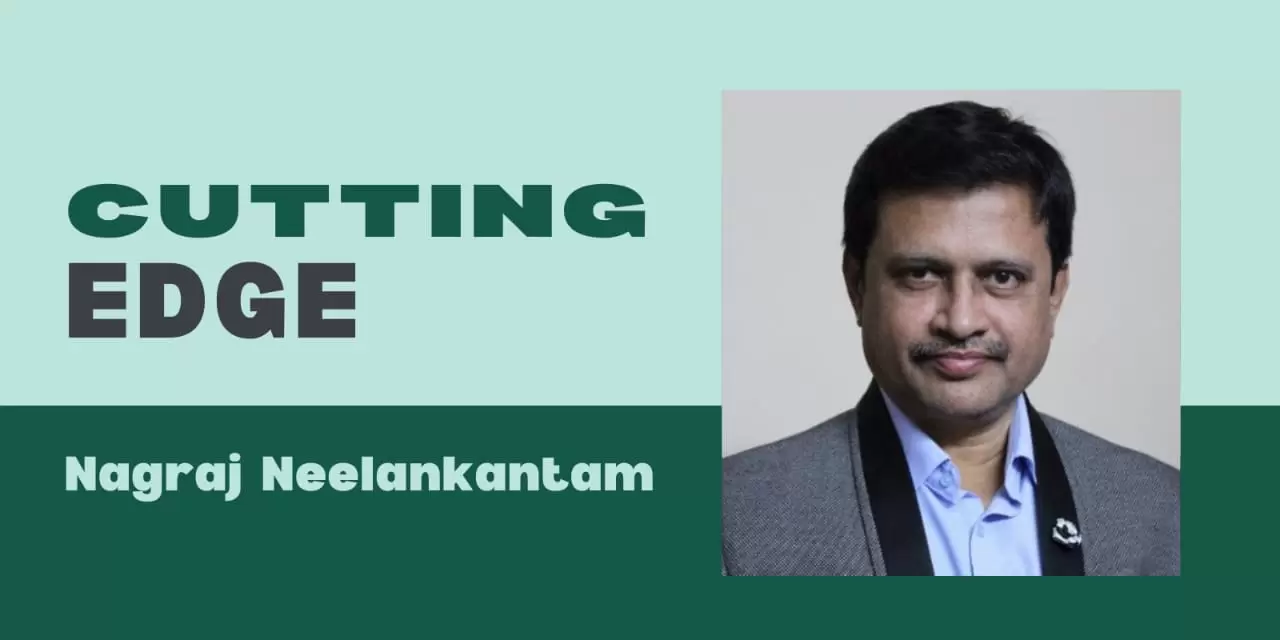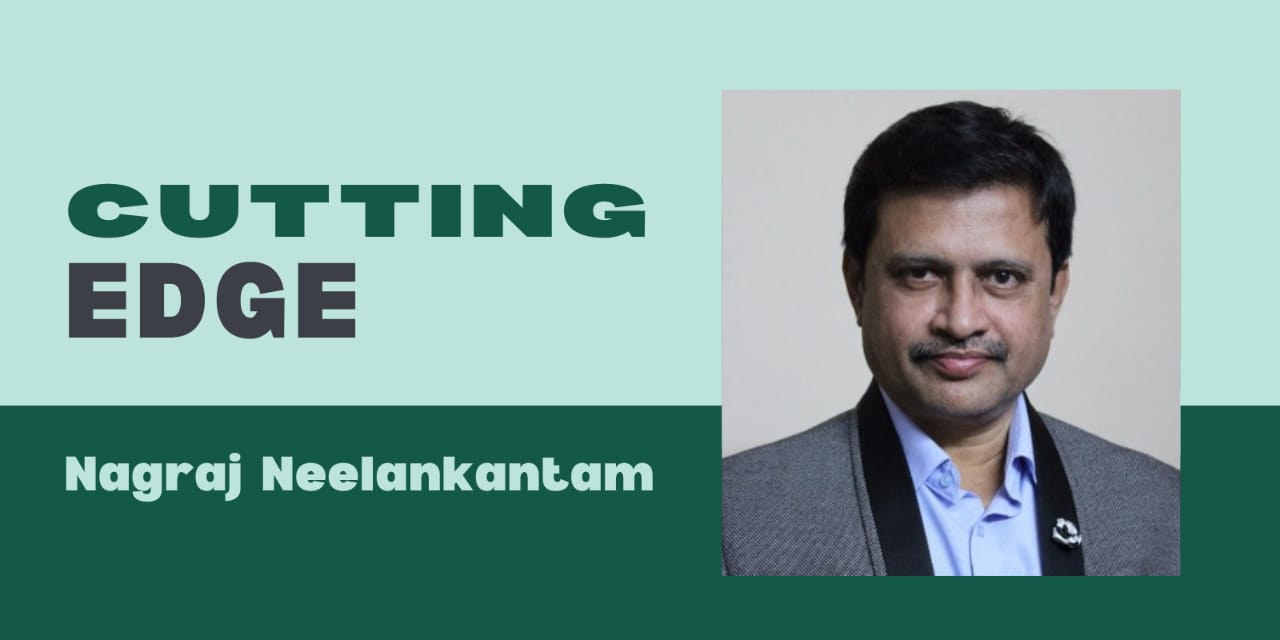In a rare departure from diplomatic restraint, the Indian Ambassador has exposed some of the most unsettling truths shaping global politics—Donald Trump’s tariff wars, the lurking dangers of nuclear fallout in South Asia, and the tightening grip of the China–Pakistan axis. What emerges is not a polite briefing but a candid exposé of how trade, terror, and power games collide in ways the world cannot afford to ignore.
At the heart of his revelations lies Operation Sindoor, India’s calculated strike against Pakistan’s Noor Khan Airbase. Far from an impulsive retaliation, it was meticulously planned under Prime Minister Narendra Modi’s leadership—a deliberate show of strength meant to prove India’s resolve. The strike shattered fortified concrete structures believed immune to missile fire, setting a new benchmark in military engineering.
Yet, victory came shadowed by dread. What if nearby facilities leaked radiation? The Ambassador draws chilling parallels with Fukushima and Chernobyl, where accidents turned thriving regions into wastelands. In South Asia, where ageing Soviet-era nuclear systems still exist, the fear is real. The message is blunt: secrecy in nuclear matters endangers not just adversaries but all of humanity.
No security analysis is complete without addressing the deepening ties between Beijing and Islamabad. The Ambassador portrays this not as convenience but as a calculated long-term strategy—stretching from nuclear cooperation to mining projects in Balochistan.
China cloaks its designs in the rhetoric of “development,” but the results are destabilising: resource grabs, local unrest, and a fragile regional balance skewed further in Islamabad’s favour. Hypocrisy abounds—Beijing funds and shields Pakistan-backed terror abroad while brutally suppressing its Uyghur population at home. For India, this “all-weather friendship” is nothing less than an unholy nexus demanding constant vigilance.
The Ambassador also pulls no punches on Trump’s tariff wars. By slapping duties on Indian exports, Washington claimed to protect American workers, but the damage went far deeper—undermining trust in what was supposed to be a fair partnership. Trade wars, he argued, never stay local; their shockwaves ripple through global supply chains and diplomatic relations alike.

For India, the tariffs were both a blow and a wake-up call. They exposed the risks of depending too heavily on any single economic partner. Yet paradoxically, they also sharpened India’s drive for self-reliance. The clash between “Make in India” and “Make America Great Again” revealed two nations marching along parallel, and sometimes colliding, paths.
Despite barriers, India stood firm. Foreign investment hit record highs, remittances from the diaspora crossed $130 billion, and growth hovered around eight percent—defying Western scepticism. Symbolic wins, from reclaiming 200 tons of gold from the Bank of England to stockpiling 80 million tons of food reserves, underlined India’s reassertion of economic sovereignty.
But the Ambassador insists India’s true strength lies beyond statistics. Unlike the United States—projected as a military giant but with limited combat exposure—India’s forces are seasoned in real conflict. A younger recruitment age for soldiers and proven infrastructure capabilities provide subtle yet significant advantages.
He likens Prime Minister Modi to Jamvant, the mythological figure who reminded Hanuman of his forgotten powers. India, he suggests, is now awakening to its own latent strength, urged to shake off hesitation and act with confidence.
Behind the glossy smiles of global forums like the G7, the Ambassador exposes the hierarchy of ego and theatrics. Trump’s repeated boasts of brokering peace between India and Pakistan are dismissed as self-serving fiction—claims that reveal more about Washington’s hunger for credit than the reality of diplomacy.
The larger truth, he argues, is that American dominance is no longer unquestioned. Respect is commanded not by wealth alone but by wisdom, humility, and lived credibility—qualities that India increasingly embodies.
Yet his exposé is not confined to war rooms and boardrooms. The Ambassador highlights the softer sinews of national strength: cultural pride, spiritual continuity, and civic awareness. His initiative, “Inform India,” aims to engage millions of youth, cultivating patriotism alongside critical thought. A recommended book on Indian birds, the display of Rudraksh beads, and reverence for Sikh Gurus—all symbolise India’s spiritual and cultural resilience.
Still, shadows linger. The scars of terror run deep, etched into families who have lost loved ones. The Ambassador recounts moments of grief in hospital ICUs, reminding that national security is not an abstraction but a lived experience for ordinary citizens. The declaration of the Balochistan Liberation Army as a terrorist group, and the rise of radical thought across the region, only underscore the urgency of vigilance.
Despite these trials, the Ambassador’s message ends in hope. India, he asserts, must aspire to become a fully developed nation by 2047, the centenary of independence. This vision goes beyond GDP figures: it is about resilience, optimism, and the courage to embrace new beginnings.
His own words carry a spiritual resonance: he wishes to serve India in every lifetime—even to be reborn as its ambassador. Diplomacy, in his telling, is not just strategy; it is devotion.
From Operation Sindoor to tariff wars, from nuclear fears to cultural pride, his revelations converge on a single truth: India stands at a pivotal moment. In a world unsettled by shifting powers and fragile alliances, the Ambassador’s exposé reminds us that resilience is not the absence of struggle but the will to transform it into opportunity.






